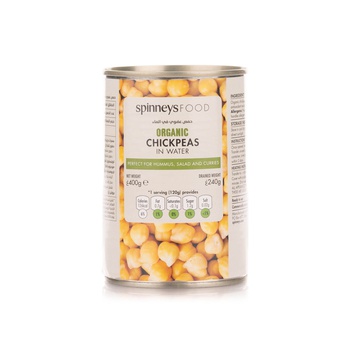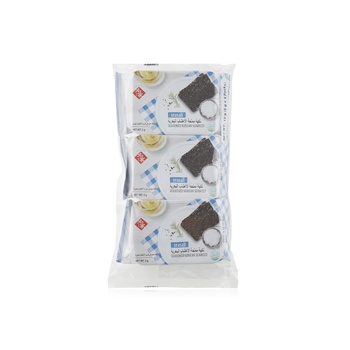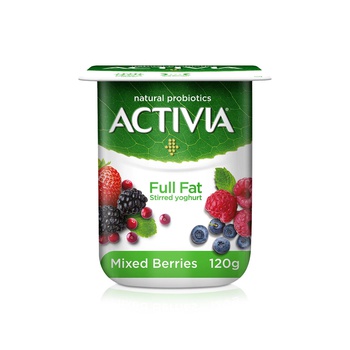This time last year, reputable sources like the BBC were making predictions for 2020 dining trends that included the global spread of market-like food halls and ever more sophisticated bar menus. As it turned out, the last 12 months have been so fraught and disruptive as to complicate even the simple pleasure of eating, especially in public, while making us more aware of good nutrition, digestive function, and the immune system. Such concerns run right through these food forecasts for 2021:
CHICKPEAS
The humble legume also known as the Egyptian pea was among the first plants, or “founder crops”, that humans ever cultivated in the Middle East, some 10,000 years ago. Eventually becoming the key ingredient of a universally beloved dip, it has also been established as a superfood for its densely packed core of b-vitamins, fibre, protein, and minerals. It confers much of that goodness to aquafaba, the viscous water that results from its cooking, which in turn makes an increasingly popular substitute for eggs and milk in ice-creams, meringues, and other desserts. Chickpea flour, meanwhile, is popping up everywhere as a gluten-free alternative to wheat.
LOW-CARB (as in “carbon”)
Yes, consumers are still trying to drive down their carbohydrate intake, but also and more urgently to shrink their carbon footprints by way of mindful shopping. Meats and cheeses can often be freighted with too many air miles, but fish is broadly more likely to be locally sourced. There’s also a growing market for an abundant, ubiquitous vegetable matter like seaweed, while ecologist Joe Roman makes an increasingly persuasive case for eating the nearest invasive species, from seafood like lionfish to plants like kudzu.
FRUIT AND VEGETABLE JERKY
Several popular British, American, and Indian brands have lately turned to making tasty, chewable strips of mushroom, jackfruit, coconut, or aubergine. It’s hoped that this kind of plant-based snacking can reduce food waste by repurposing damaged or “imperfect” fruit and veg that can’t be sold from supermarket shelves.
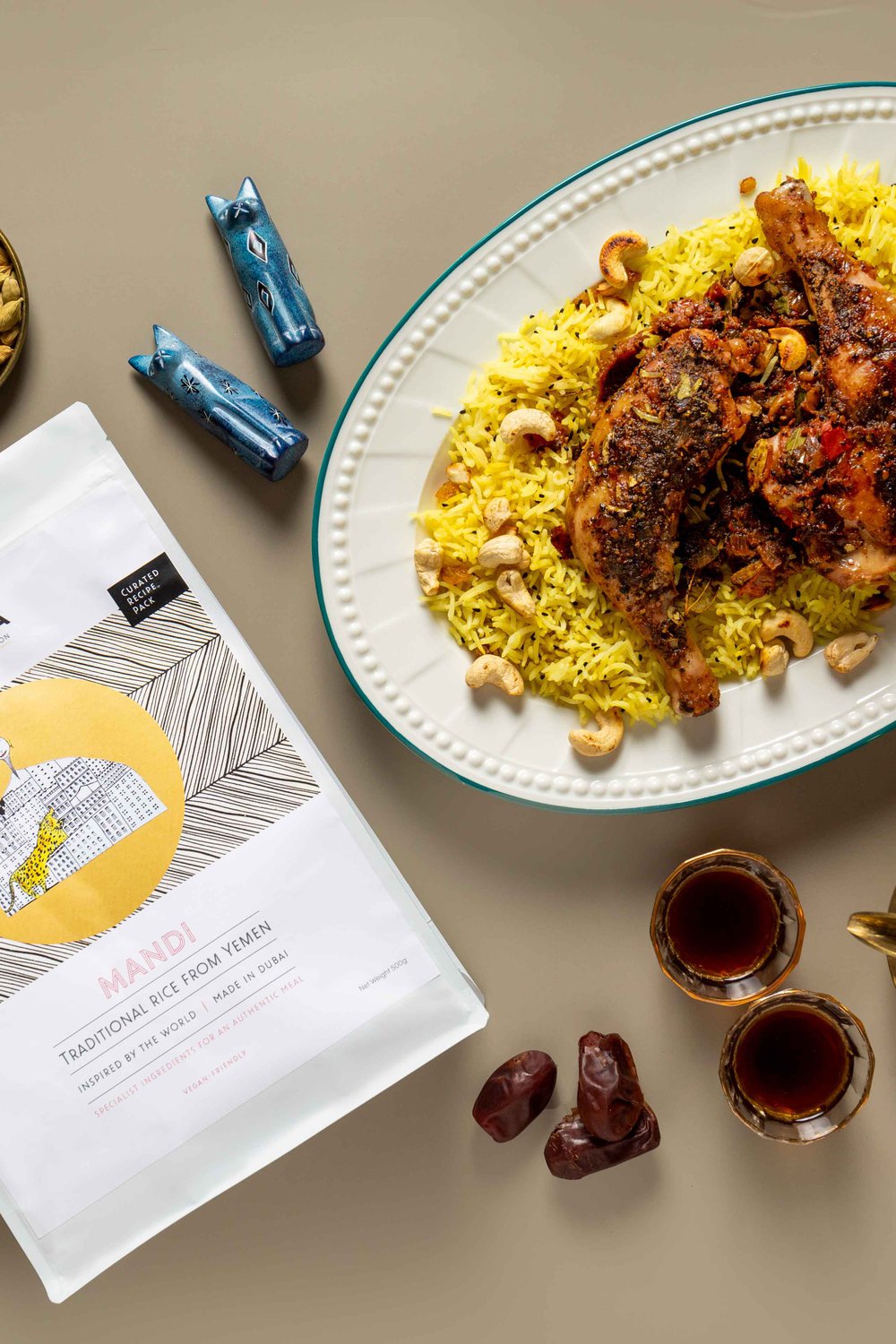
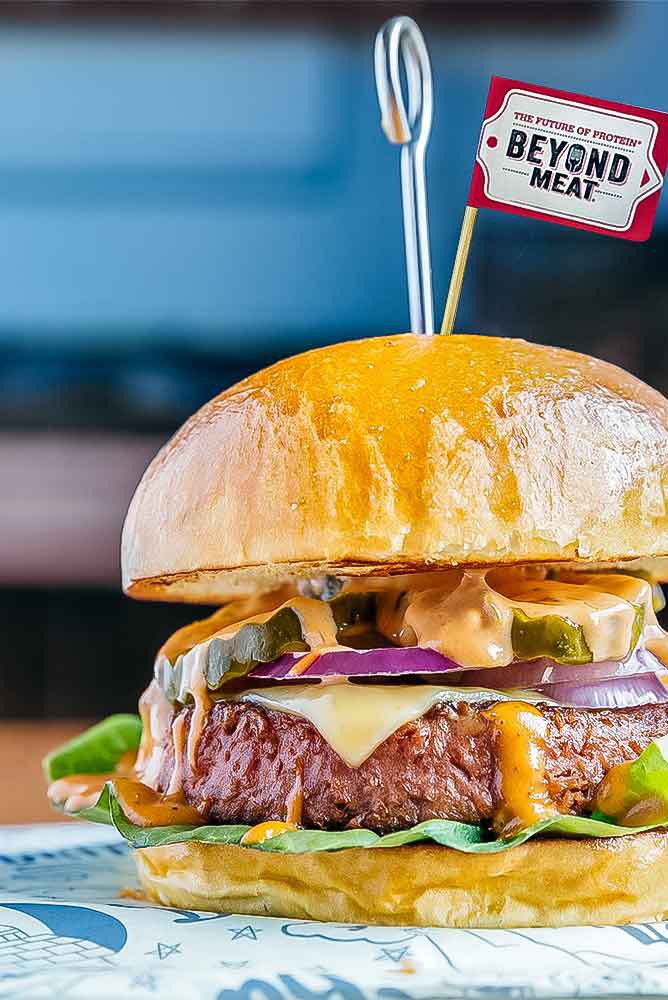
PHOTO-FRIENDLY FOOD
“The first bite is with the eye,” goes the old adage, which might also be the unofficial corporate motto of Instagram. The photo app celebrated its 10th birthday in 2020, having helped bring fame to avocado toast and coffee-froth artwork. Now the world’s leading shaper of food-based aesthetics enters its second decade with key influencers looking toward alluring, mysterious, flamboyant-looking produce like star fruit and squid ink.
PLANT-BASED “MEAT”
A 2019 report by global consultancy AT Kearney estimated that 60 percent of the world’s “meat” will be extracted from plants or synthesised in laboratories by the year 2040. Where once that might have been a real downer for committed carnivores, the alternatives are tasting ever less distinguishable from the real thing, as evidenced by the growing success of market pioneers like Vbites, Beyond Burger and Meatless Farms.
UPCYCLING
What was once the preserve of health food stores is now mainstream practice – repurposing surplus or by-products into something newly edible or drinkable. According to Future Market Insights, the business is now worth around $50 billion per year. Companies like Flawsome turns surplus and cosmetically imperfect produce into delicious, wholesome cold-pressed juices.


PANTRY-STOCKING
The first Covid-related lockdowns saw a boom in home baking sourdough and banana bread, which has since given rise to a new interest in self-made preserves and pickles etc. And while dining out remains an iffy proposition for many, the global food consultancy Baum + Whiteman has issued a trend forecast for next year anticipating new branded lines of gourmet pasta sauces, spice mixes, and wholemeal kits from some of the world’s leading chefs and restaurants.
CAFFEINE FIXES
The coffee trade is subject to its own fashions, and the turn toward ethical sourcing has been pronounced in recent years. Through 2020, it was harder for caffeine fiends to get their daily dose from the usual suppliers, so the latest development has been a wider range of homebound delivery systems. Trend analysts WGSN foresee a coming boom in edible coffee snacks, shakes, concentrates, and single-serve tea-style bags.
OIL CHANGE
Common-or-garden olive and vegetable oils have come to seem a little stale after a year of routine use in home cooking. Encouraged by a number of chefs, consumers are already starting to swap those out for alternatives like walnut and pumpkin seed, which bring their own earthy flavours and health benefits in terms of antioxidants.
GUT INSTINCT
The American food processing and trading company Archer-Daniels-Midland (ADM) identified a new public awareness of the gut microbiome, and its holistic role in mental and physical health, as a major effect of the Covid-19 crisis. They anticipate a big year for friendly bacteria, as found in miso, kimchi, and the ever more popular fermented probiotic yoghurt drink, kefir.


